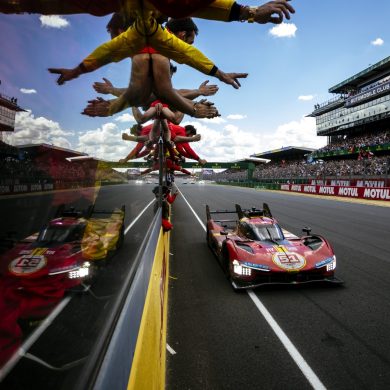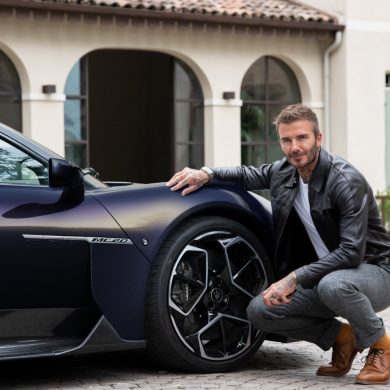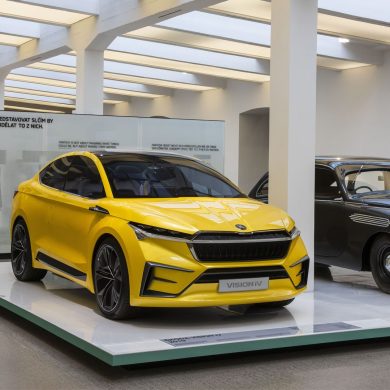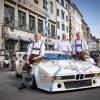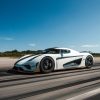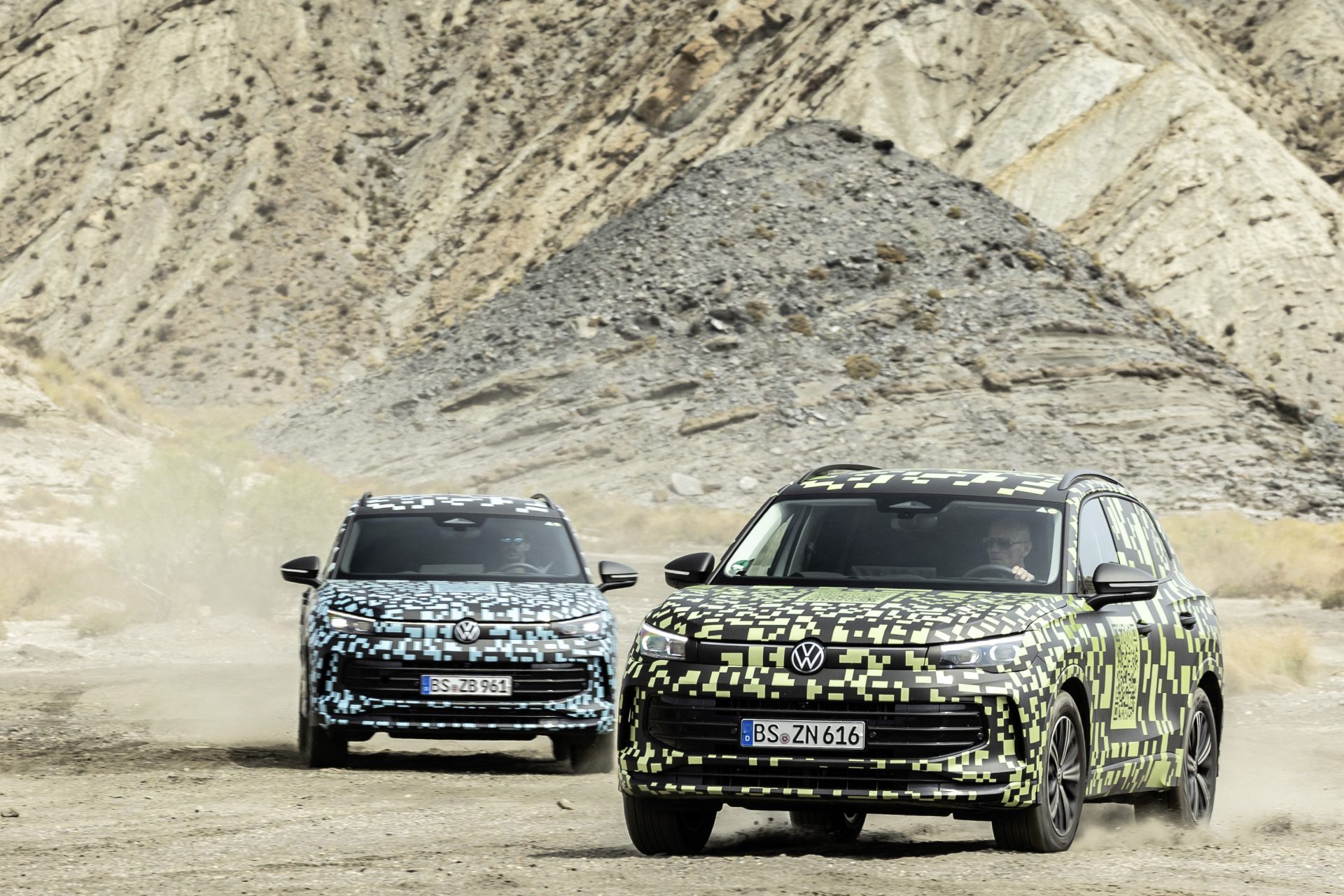
For years, the Tiguan has been the global best-seller for the Volkswagen brand. Since its debut in fall 2007, over 7.4 million customers worldwide have opted for this SUV. Now, Volkswagen is totally revamping this triumphant model.
For the new Tiguan, Volkswagen has updated the modular transverse matrix. This latest generation is named the MQB evo. Kai Grünitz, a member of the Brand Board of Management responsible for Technical Development, said, “State-of-the-art technological components interact perfectly in the MQB evo: a next-gen plug-in hybrid drive with electric ranges of up to 100 kilometres, arguably the finest active chassis control in its class, superior interior quality and a new, user-friendly infotainment system deliver what drivers expect from Volkswagen.”
Noteworthy New Features:
IQ.LIGHT HD Matrix Headlights : The Tiguan will be among the first in its class to optionally offer HD Matrix headlights. The IQ.LIGHT HD Matrix headlight technology was co-developed for the Tiguan and Touareg. Utilizing a top-down approach, the advanced lighting technology from a luxury-class model will now feature in the mid-sized Tiguan.
Revamped Display and Operation Concept : The Tiguan’s interior has undergone a total redesign. Volkswagen has incorporated specific customer feedback for an intuitive user experience. For instance, the Tiguan debuts with a newly devised cockpit and a brand-new infotainment system. A screen as large as 38 centimetres (15 inches) prominently displays key functions such as navigation, music and climate control and can be customized with quick access. The centre console also houses the Driving Experience Control. This rotary control, with its mini-screen, manages drive mode, radio volume, or ambient lighting colours. High-quality materials, newly crafted seats and effective noise insulation enhance the overall value and comfort. Especially with an optional new “acoustic package”, the Tiguan aims to offer noise comfort on par with premium-class models. The redesigned centre consoles also offer increased storage space. Going forward, the Tiguan will exclusively feature an automated shift gearbox (DSG). Like the Volkswagen ID models, gear position is now controlled via a steering column switch to the right of the steering wheel. The operation is intuitive: the switch is turned forward for “D” (drive) and backward for “R” (reverse), while the parking brake is engaged by pressing the side of the switch. Additionally, paddle shifters are mounted behind the steering wheel.
Electronic Suspension for Enhanced Comfort and Dynamics : The MQB evo serves as a foundation for a new generation of the adaptive suspension control DCC: the optional DCC Pro with two-valve shock absorbers. The new model now comes standard with a Vehicle Dynamics Manager – an MQB system that debuted with the current Golf GTI. The system oversees the functions of the electronic differential locks (XDS) and lateral dynamics components of the shock absorbers in the DCC Pro system. Thanks to the Vehicle Dynamics Manager, which performs wheel-specific braking interventions and wheel-specific adjustments of the shock absorber hardness, the handling characteristics are more neutral, stable, agile and precise. On board, this progress will be felt through increased comfort as well as noticeably improved performance in dynamic cornering.
TDI, TSI, eTSI and eHybrid : With the MQB evo, different drive types are available for the Tiguan. It will be offered with turbodiesel engines (TDI), turbo petrol engines (TSI), mild hybrid turbo petrol engines (eTSI), and plug-in hybrid systems (eHybrid). The electric range of the new plug-in hybrid drives has been extended to up to 100 kilometres, depending on equipment. Additionally, AC charging will be faster in all eHybrid versions, and DC charging will also be standard for the first time.
Premium-Class Seats : The Tiguan will optionally offer ergoActive front seats. Among other features, these seats include pneumatic four-way lumbar support adjustment and a pneumatic 10-chamber pressure point massage function in the backrests – features typically found in luxury-class models. They also come with seat heating and ventilation.
Larger Luggage Compartment in the Tiguan : The new Tiguan is about three centimetres longer. Height, width and wheelbase remain nearly the same as the predecessor. The luggage compartment capacity of the new generation showcases optimal space utilization: despite only a slight increase in length, its luggage compartment capacity has grown by 33 litres to 648 litres (when loaded up to the height of the rear seat backrests).


